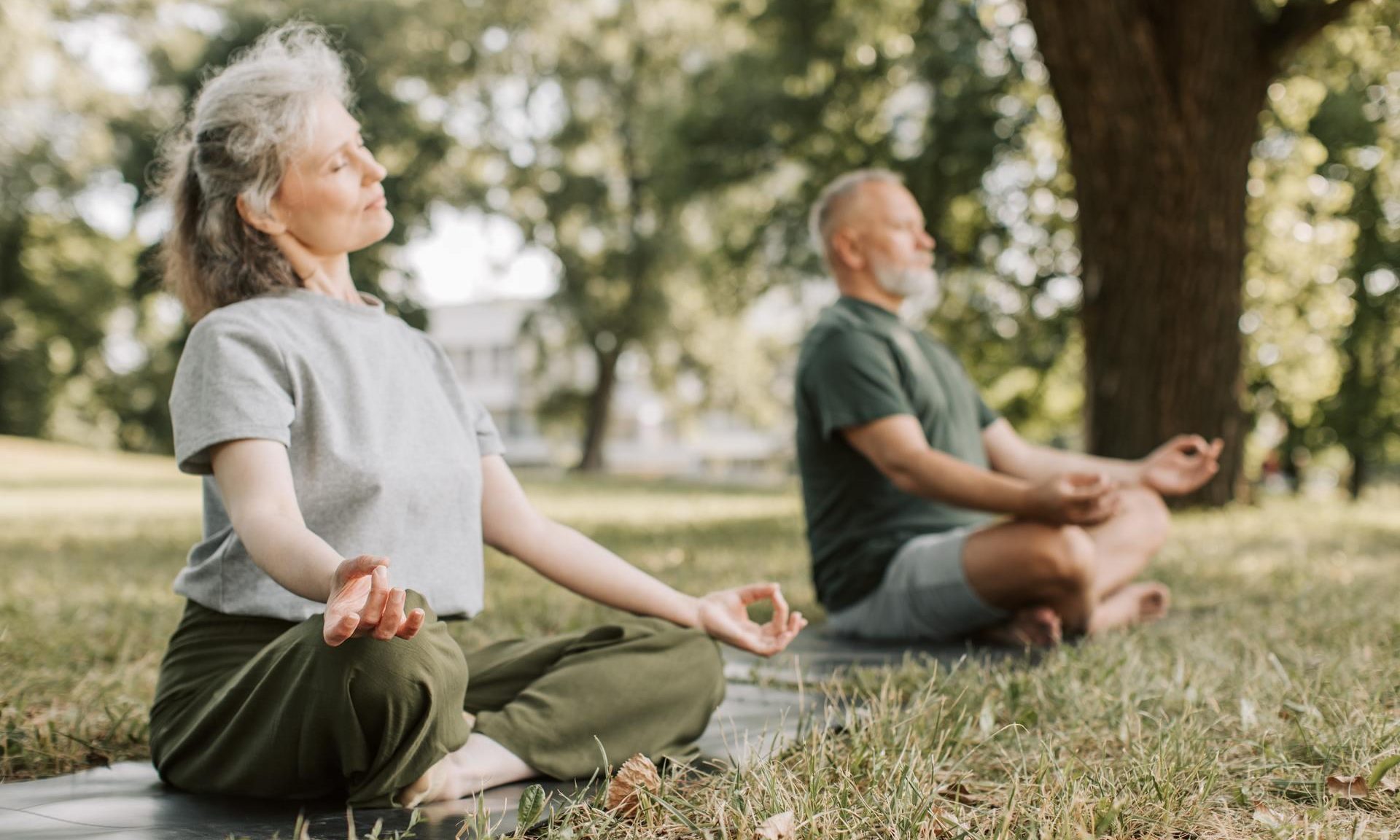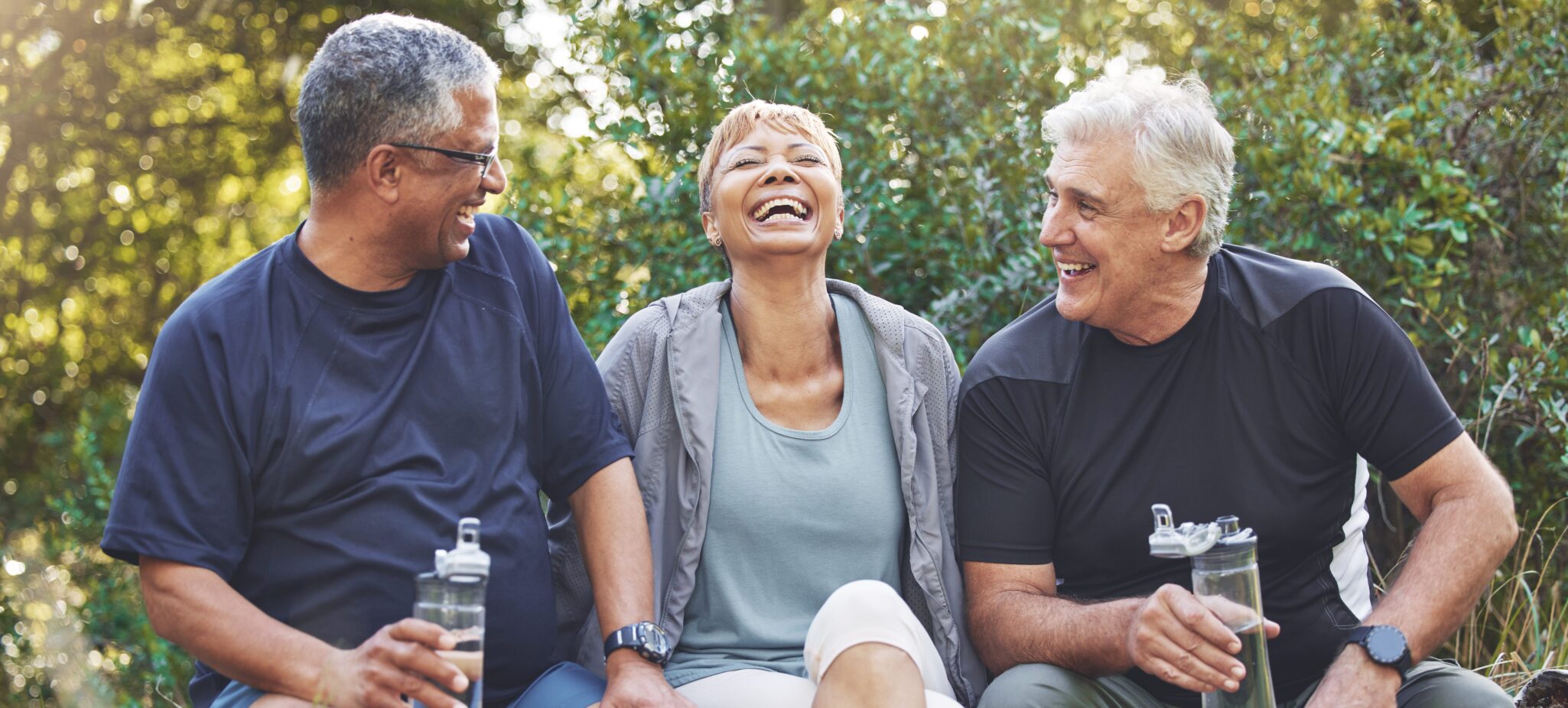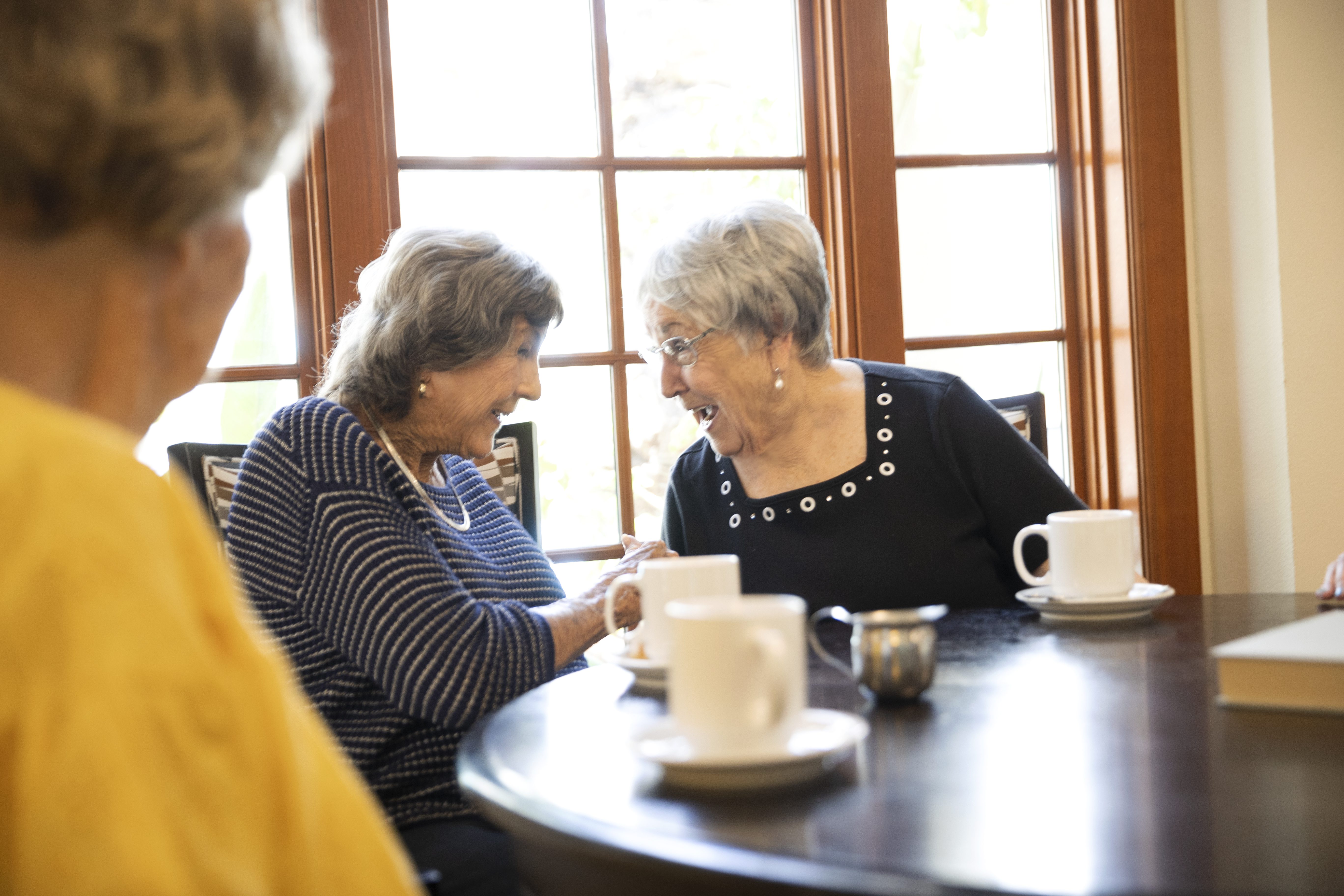The Health Benefits of Yoga for Seniors

Yoga has exploded in popularity in the last 15 years. Between 2020 and 2021, the number of Americans who do yoga grew from 21 to 34 million. This form of exercise has become especially popular among seniors. According to a study by the Yoga Alliance, 21% of adults aged 60 and older practice yoga.
Yoga originated in India over 10,000 years ago, and its name comes from the Sanskrit word “yuj,” or “to join.” The original purpose of yoga was to allow practitioners to become more in tune with the world and enter a deeper level of consciousness. Today, many seniors practice yoga to improve their physical, mental, and spiritual health.
Yoga combines low-to-medium intensity exercise, breathing exercises, and meditation. Practitioners typically perform a series of poses that can be modified to accommodate different fitness and mobility levels.
Because it’s so adaptable, it is a great addition to older adults’ exercise routines and has many benefits. There are also several popular variations and ways to incorporate yoga into your lifestyle.
Benefits of Yoga for Seniors
Everyone can benefit from yoga, but especially seniors. Health benefits you may experience if you add yoga to your fitness regime include:
- Improved balance: Yoga is one of the most effective ways to improve balance. Many poses target the core muscles you use to center your body. Also, you’ll strengthen your static and dynamic balance as you move through various poses.
- Increased flexibility: Yoga poses stretch different muscles, such as your calves and triceps. You’ll breathe deeply as you hold each pose, increasing blood flow to the muscles and allowing them to stretch. Flexibility is among the many benefits you gain from yoga that can make it easier to handle everyday movements, like bending down to tie your shoes or pick something up.
- Reduced joint pain and stiffness: Many older adults develop rheumatoid arthritis and various aches and pains as they age. Yoga keeps your joints limber and reduces inflammation, joint pain, stiffness, and swelling.
- Better cardiovascular health: Practicing yoga has many positive effects on your cardiovascular system. This exercise decreases blood pressure, cholesterol levels, and heart rate. As a result, seniors who practice yoga may be less likely to experience severe cardiovascular conditions, such as a heart attack or stroke.
- Enhanced mental well-being: Yoga can also improve your mood and mental health. Seniors who practice yoga once or twice weekly have significantly less anxiety and fewer symptoms of depression. So the next time you feel down, consider rolling out your yoga mat for a quick mood boost.
- Improved quality of sleep: If you have difficulty falling or staying asleep, yoga could be the key to a better night’s rest. This exercise promotes mindfulness, which increases melatonin levels and helps you get more uninterrupted sleep. Additionally, the deep breathing techniques you learn during yoga can help you relax at night so you fall asleep faster.
- Decreased risk of falls and injuries: Almost one in three seniors aged 65 and older fall at least once a year. These accidents may cause life-changing injuries, so avoiding falls is a top priority for many older adults. Practicing yoga reduces the number of falls by around 25%. That’s because yoga strengthens balance and increases bodily awareness.
Best Types of Yoga for Seniors
Commercials, fitness magazines, and other forms of media often depict yoga practitioners as hyper-athletic models who twist their bodies into complex poses. These images can be intimidating, especially if you’re at the beginning of your fitness journey or have limited mobility.
However, there’s no need to feel afraid or excluded. Yoga involves many disciplines that have different poses and levels of intensity. You can find the type that best fits your preferences, goals, and physical abilities.
Some of the most popular yoga styles for seniors include:
- Chair yoga: This gentle type of yoga uses a simple chair to aid balance and help practitioners get into position. Many seniors and people with physical disabilities use chair yoga.
- Restorative yoga: This type of yoga features floor-based poses, such as gentle stretches while lying down. Practitioners move slowly and deliberately through these poses, holding each for at least 10 minutes. As the name suggests, the main goal of restorative yoga is to restore inner tranquility by helping practitioners achieve total mental and physical relaxation.
- Hatha yoga: This beginner-friendly style involves seated and standing poses designed to improve flexibility and strength. Practitioners learn about foundational yoga poses and practice deep breathing techniques. After performing hatha yoga, you’ll feel more relaxed and in tune with your body.
- Gentle yoga: This discipline adapts hatha yoga poses for people who need simple and slow poses. Gentle yoga focuses on breathwork and relaxation.
- Yin yoga: Like restorative yoga, yin yoga takes place on the floor and involves extended deep stretches. You may use props like blocks and rolled blankets to get into position and breathe deeply to stretch as much as possible. Yin yoga’s primary purpose is to increase flexibility.
- Ashtanga yoga: Ashtanga yoga is a more advanced style for those older adults who are more comfortable in the practice, and isn’t recommended for beginners. People often do Ashtanga yoga to build muscle, increase flexibility, and focus on mental well-being.
- Power yoga: This fast-paced yoga works out your full body to increase strength and stamina. Some classes take place in a heated room to make the workout more challenging.
Many retirement communities offer multiple types of senior yoga classes so that you can try out a range of styles.
How Often Should Seniors Practice Yoga?
The Centers for Disease Control and Prevention recommends that older adults get at least 150 minutes of moderate-intensity exercise — like most types of yoga — a week. Currently, there are no official guidelines for how often older adults should do yoga. However, research suggests that practicing yoga at least twice weekly promotes decreased anxiety and depression.
Establishing a consistent routine is the key to long-term success. Frequent practice will allow you to build strength and flexibility and develop your skills.
These tips can help you create a regular yoga practice:
- Start slowly: Resist the urge to jump straight into vigorous yoga classes. Begin gradually with gentle yoga classes and slowly work up to more advanced poses as you develop confidence and fitness.
- Practice often: Try practicing yoga at home for 10 to 15 minutes daily. Consider exercising at the same time every day to build the habit faster. For instance, you could practice yoga as you watch the news in the morning or before bed.
- Participate in a class: Many beginners benefit from the structure of a regular class. For extra motivation, sign up with a workout buddy so you know someone will be waiting for you.
- Invest in a quality yoga mat: Yoga classes often supply mats, but getting a personal mat ensures that you always have a clean surface to exercise on. Yoga mats are lightweight and portable, so you can set them up anywhere for a quick exercise session. Practice yoga on your porch, in your bedroom, in front of the TV, or wherever the inspiration strikes you.
Getting Started With Yoga for Seniors
Finding a yoga class or teacher that caters to seniors is one of the best ways to get started. Most senior living communities offer yoga classes taught by expert fitness instructors who can show you how to safely perform exercises and help you develop a personalized wellness program. Also, practicing yoga in a communal class allows you to socialize with peers.
It’s also essential to modify poses when necessary based on your personal limitations. For example, people with osteoporosis should avoid poses that strain or twist their spine, which can increase the risk of fracture. Similarly, people prone to wrist pain could place their hands on the wall instead of the floor when performing the downward dog pose. An experienced yoga teacher or physical therapist can help you personalize your workouts to prevent injury.
Finally, remember to start slowly and listen to your body. If you feel sore after practicing yoga daily, you may need to take a rest day to recover. Take a break during a yoga class if a pose feels painful. It’s always better to stop than to push through discomfort, which could lead to injuries like a muscle tear or strain.
Embrace Your Inner Yogi With Senior Living
Regular exercise is an essential part of healthy aging for seniors. Consider practicing yoga to fit more physical activity into your daily life. This ancient art form has numerous mental, physical, and social benefits. It’s an excellent choice for seniors who want to improve their well-being and enjoy a healthier and more relaxing lifestyle.
Joining a senior living community is one of the best ways to access yoga classes, meditation, and other wellness opportunities. SRG Senior Living’s communities have countless amenities to support healthy aging and physical activity, such as state-of-the-art exercise centers and expert athletic trainers. Contact us today to learn more about our amenities and activities.




